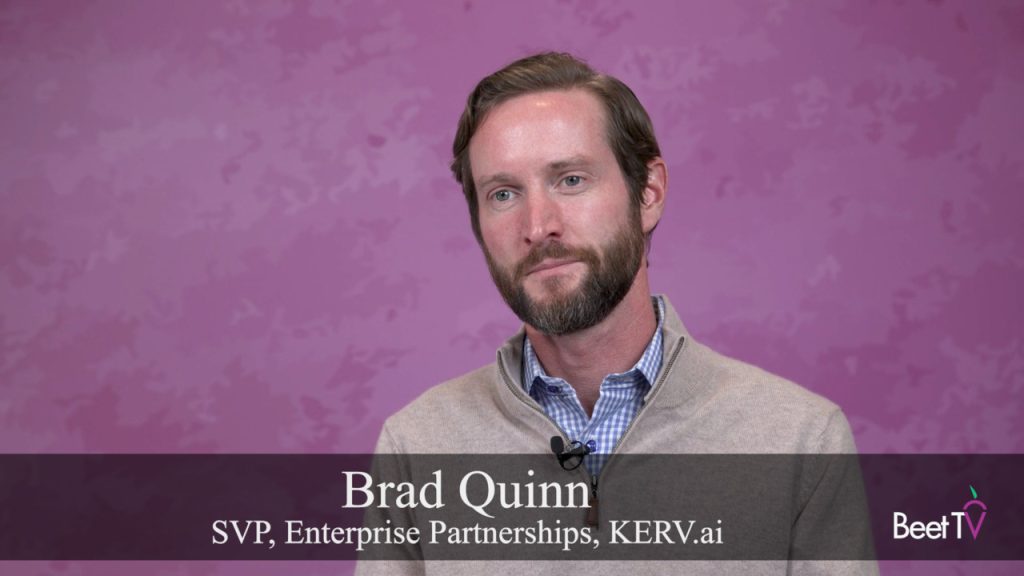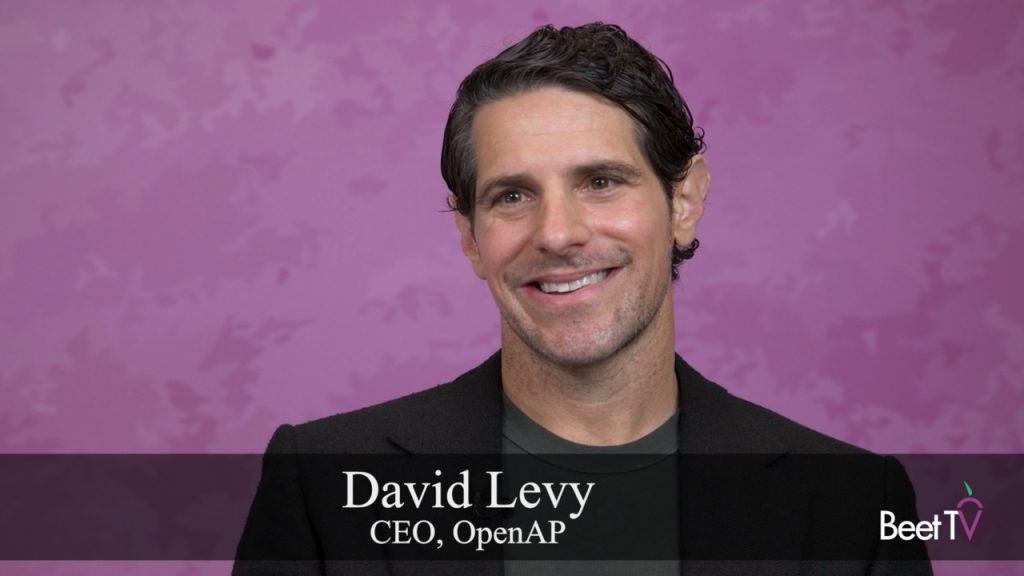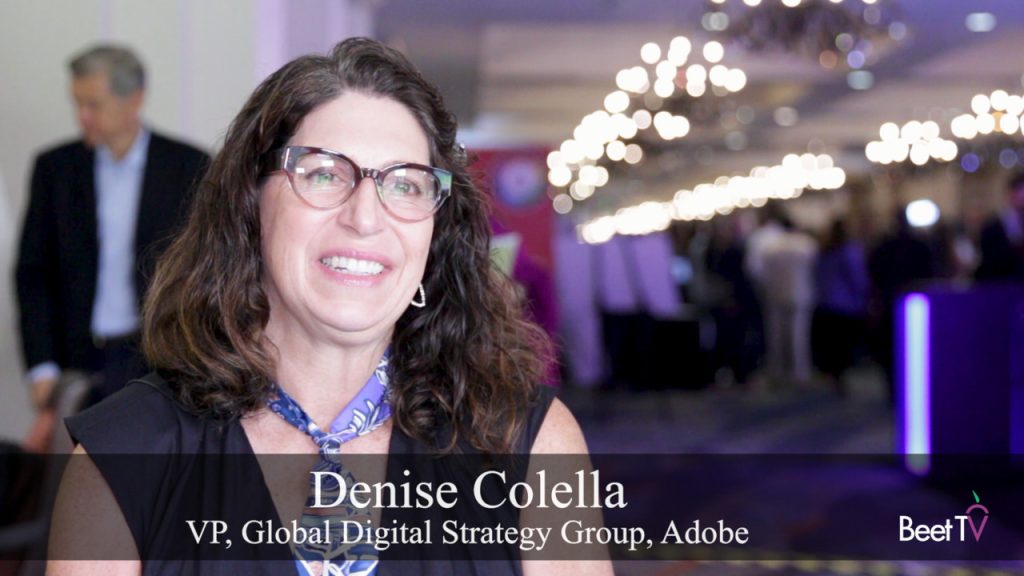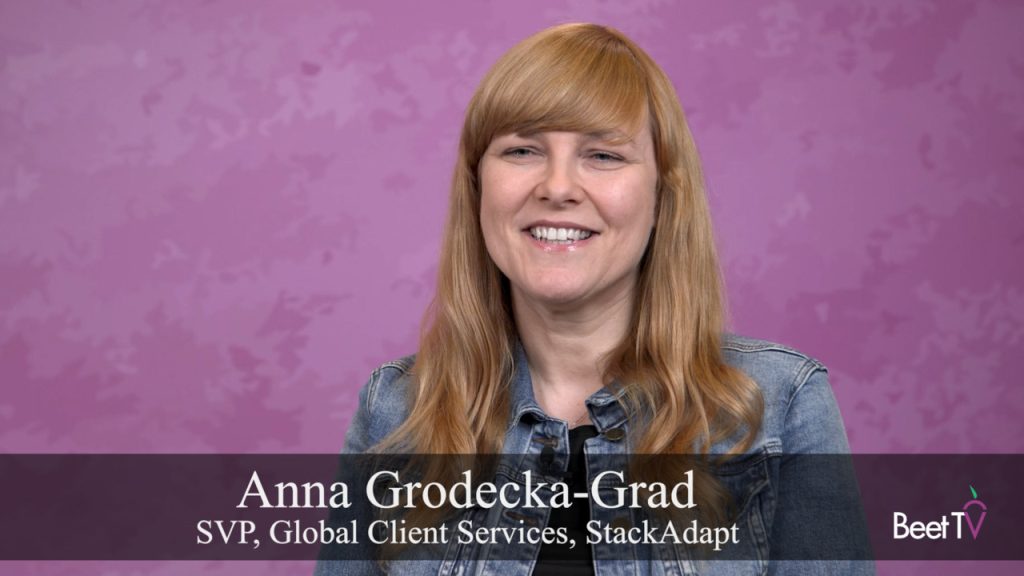By the time Sling TV launched in early 2015, dataxu already was an established demand-side platform with all of the pipes in place for programmatic and real-time bidded inventory. “What really set things off for us is the ability to bring in a cross-device platform that extends the type of targeting and campaign execution you’d expect from digital on to TV,” says Chris LaHaise, dataxu’s Director of TV Solutions.
“Sling is a really great example of a premium partner that we work with to bring what people would consider to be real television to the connected TV and the programmatic buying space.”
Now dataxu is “seeing interest from all over the place,” LaHaise adds in this interview with Beet.TV.
One common question from buyers is “where’s this coming from, digital or TV,” because those can be very different teams at agencies. “We definitely see interest on both sides and it’s interesting to see the things that people on either side of that table are looking to achieve,” says LaHaise.
For example, some advertisers are looking to extend upon their digital reach. “They’re already running digital video campaigns and they want to get on the big screen.”
On the TV side, advertisers running large, linear campaigns are seeking to reach cord cutters that they can’t find through traditional means. “Connected TV is a great bridge between those two because it gives true television experience like you get through Sling through an execution that can actually take place in real time through private marketplaces that are buying against advanced audiences,” LaHaise says.
The bridge connects campaigns running on TV—lacking identifiers for digital targeting—with digital campaigns associated with cookies or mobile ID’s. “So if you want to extend the addressable capabilities that you find in digital, you have to be able to either have ID’s codified for those devices or a way to connect two different inventory and data sources that aren’t necessarily matched.”
Dataxu’s identity management platform enables advertisers to connect both those different entities at the household level.
“So you have your cookies and mobile ID’s that a campaign might be targeting, they’re going to be normalized to a specific household, and then the inventory that’s coming in from a television has information within it,” says LaHaise. “It’s not going to be cookies and mobile ID’s, but it’s enough that you can actually key off of it and identify a household as well. So even though this transaction is taking place in real time, in fractions of a second, you have a platform that’s linking two datasets that otherwise wouldn’t be the same.”
This video is part of the Beet.TV series titled Targeting Today’s TV Viewer sponsored by DISH Media Sales. It is published along with this DISH Media Sales Straightforward Guide in ADWEEK. For more videos from the series, please visit this page.






































